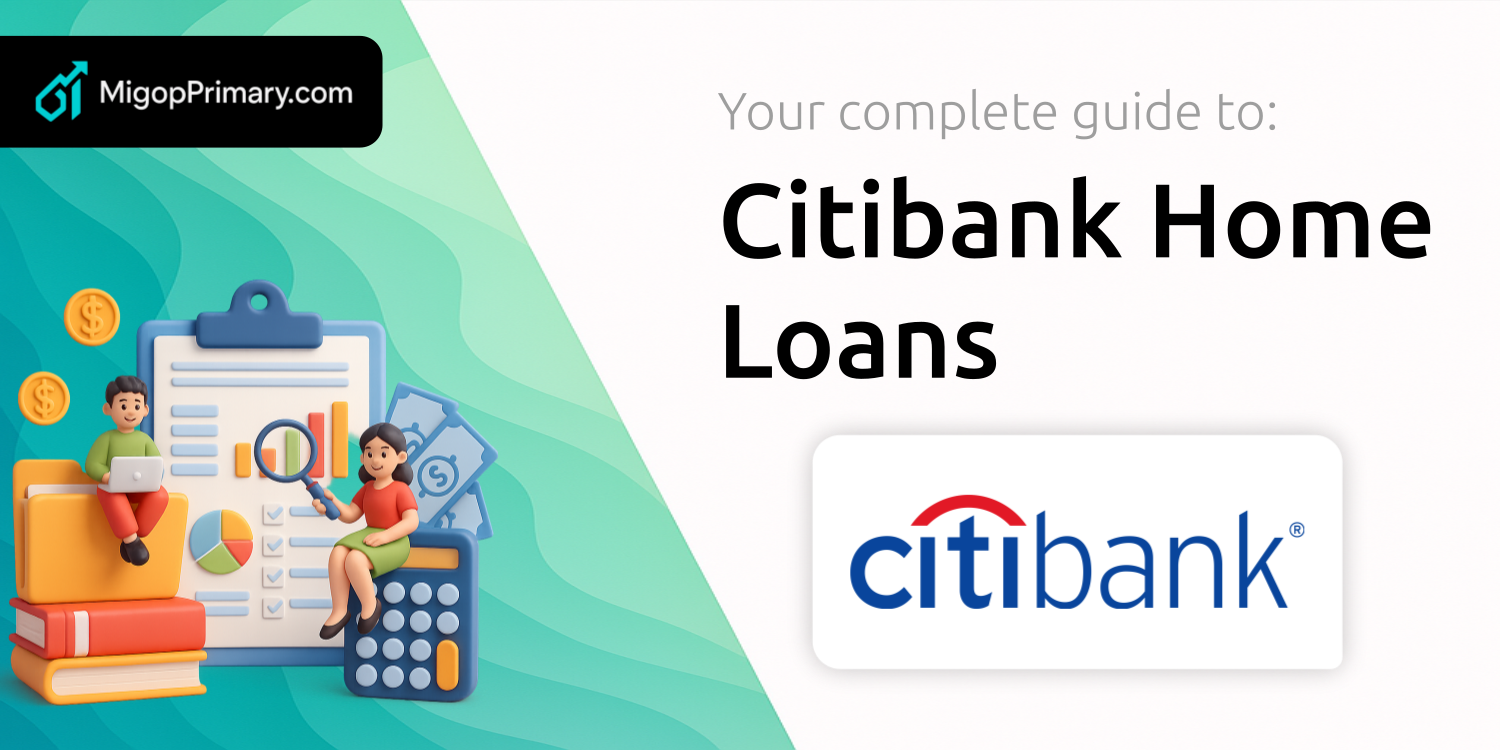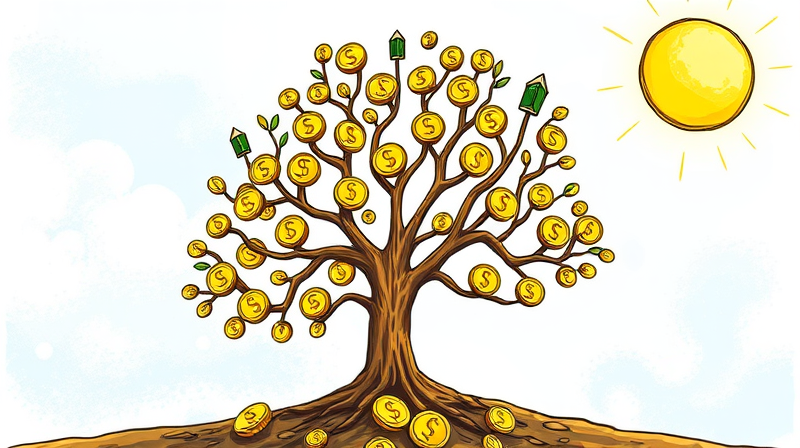
Refinancing can transform your mortgage into a more effective tool for wealth building and cash flow management. Understanding the key steps to a successful refinance empowers you to make the right choice at the right time.
Refinancing is the process of replacing your existing mortgage with a new loan—often through a different lender—to capture better terms or extract equity. Homeowners typically pursue this to secure a lower rate, adjust loan duration, or tap into their home’s built-in value.
Though similar to an original mortgage application, refinancing has unique considerations around timing and cost. Understanding each phase helps you avoid surprises.
Refinancing typically incurs closing costs ranging from two to six percent of your new loan amount. To decide if refinancing is worth it, calculate your break-even point—the time needed for monthly savings to offset these fees.
For example, on a $300,000 refinance at 4%, closing costs could total $6,000–$18,000. If your new payment saves $200 per month, you’d break even in 30–90 months.
Homeowners refinance for various reasons. Be clear on your personal objectives to choose the right path.
By securing significant interest savings over time, you can free up cash flow or accelerate your path to full ownership.
While benefits can be compelling, refinancing has potential downsides. If you move or sell before reaching the break-even point, you may lose money.
Extending your mortgage term can increase total interest paid, and a hard credit inquiry may cause a temporary drop in your score. Cash-out refinances boost your loan balance, adding payment risk if property values decline.
Timing is crucial. A good rule of thumb is refinancing when you can lower your rate by at least 0.5%–1%. Ensure you plan to stay in your home long enough to reach the break-even point on refinancing.
Key eligibility factors include:
Improved credit or significant equity growth can unlock more favorable refinancing options, including access to home equity cash through a cash-out refinance.
Take advantage of online refinancing calculators to forecast savings, costs, and break-even timelines. Amortization tables reveal how interest and principal shift over time.
Consider streamlined refinance programs—like FHA or VA options—that may waive appraisals or reduce documentation. No-closing-cost refinances can be attractive if you plan a short stay, trading upfront fees for a slightly higher rate.
Consult a tax advisor about potential changes to mortgage interest deductions, and weigh market trends in home values and interest rates before locking in a new loan.
Imagine you have a 30-year mortgage for $300,000 at 5.0%, with a monthly principal and interest payment of $1,610. By refinancing to 4.0%, your payment drops to $1,432. That’s a savings of $178 per month.
If closing costs total $9,000, your break-even period is $9,000 ÷ $178 ≈ 50 months (just over four years). Staying longer than this timeframe ensures net savings.
Refinancing can be a powerful strategy to optimize your mortgage, build equity, and improve cash flow. By understanding the process, costs, and timing—and by leveraging calculators and expert advice—you can make an informed decision that aligns with your long-term financial goals.
References













